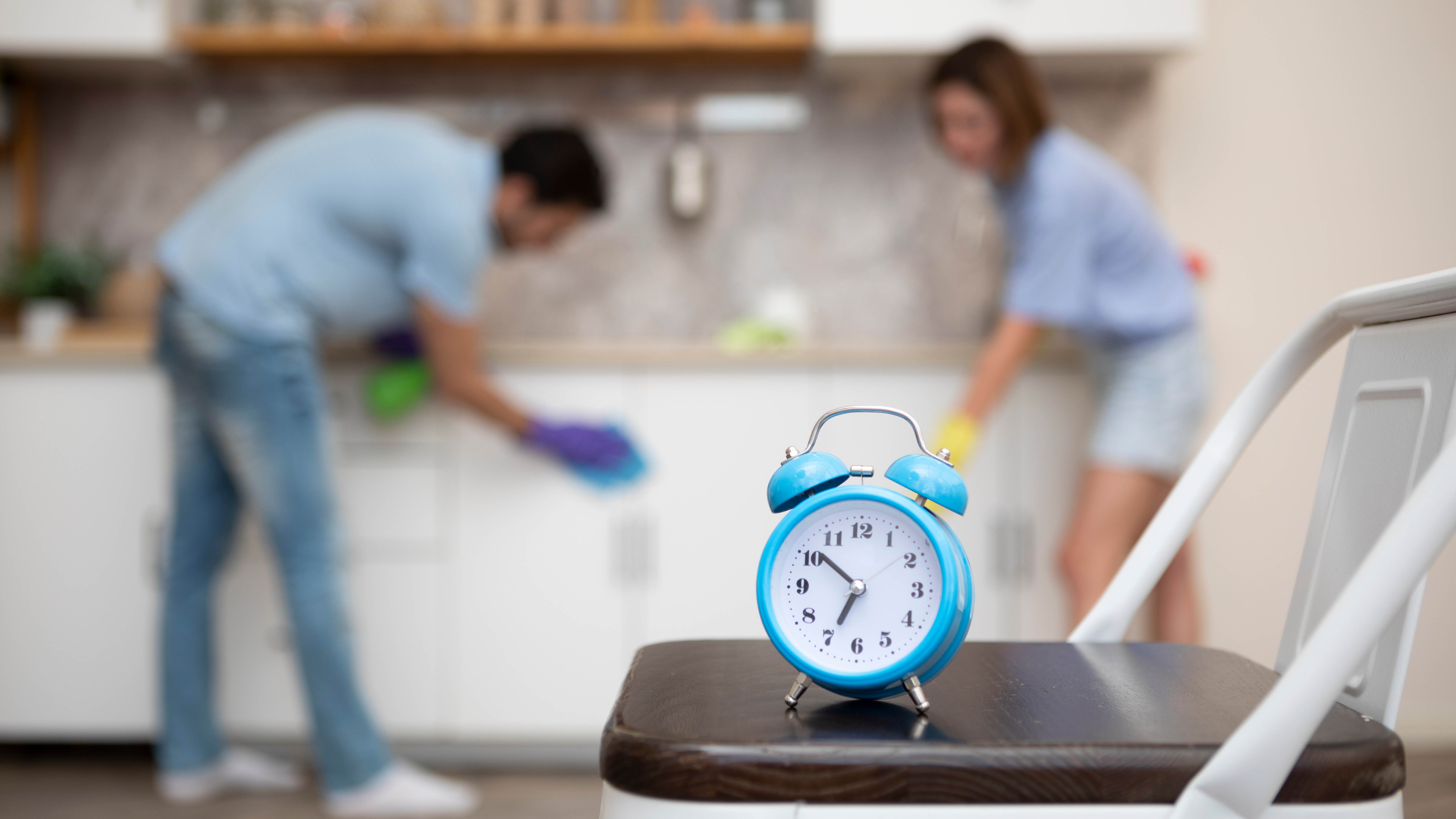I just saw the future of camera phones — and it puts the iPhone to shame
The new S1 multispectral image sensor looks like a breakthrough
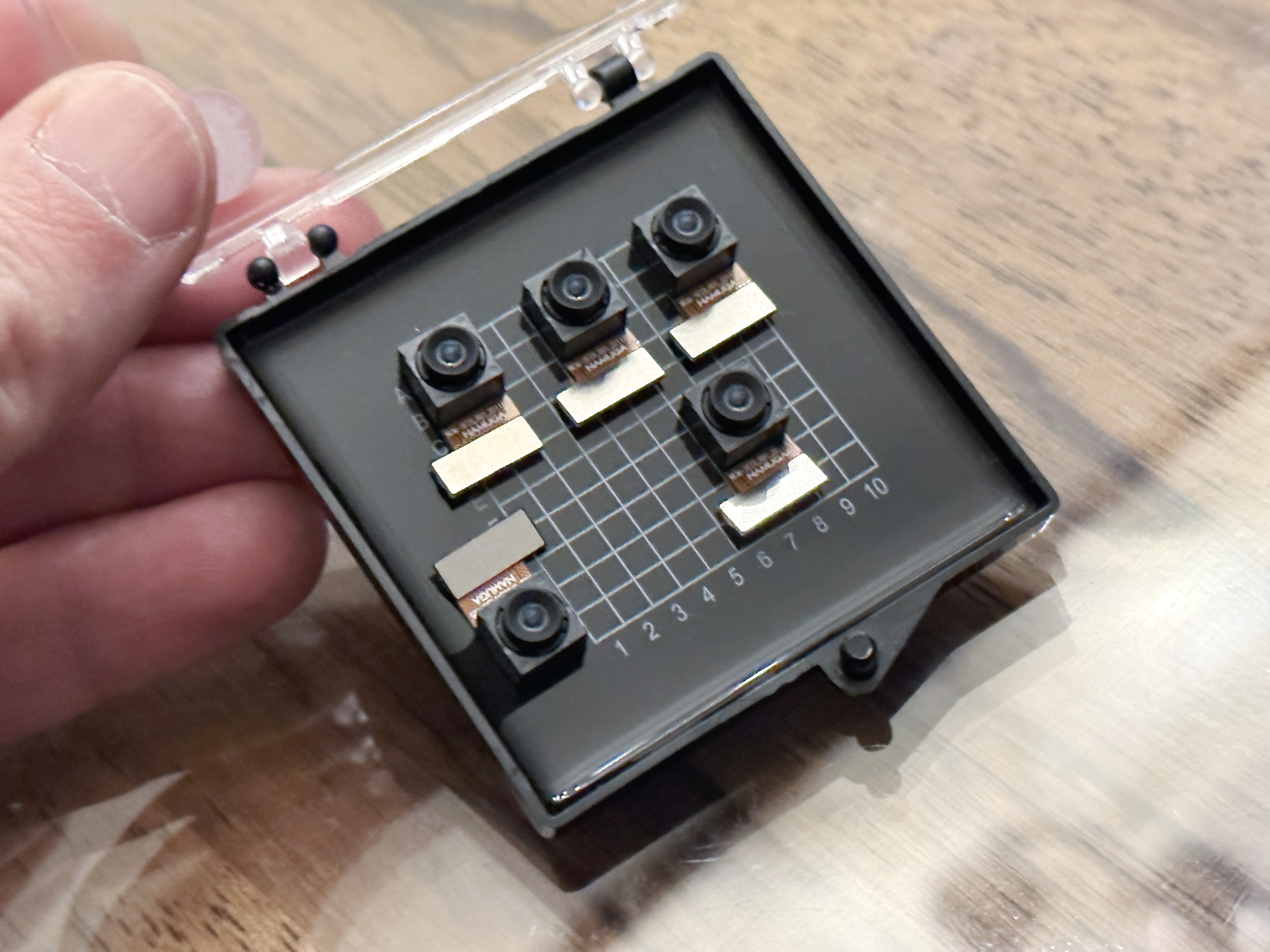
Have you ever noticed that the photos you take with even the best camera phones can vary drastically from moment to moment? The white balance could be way off or the colors just not accurate.
Yes, the iPhone 14, Pixel 7 Pro, Galaxy S22 and other camera phones have computational photography smarts to try to compensate for various lighting conditions, but software can only go so far. That’s where Spectricity comes in, having designed a new S1 multispectral image sensor for smartphones.
The first phones to use this sensor are expected by 2024, but I got a quick demo of what it could do here at CES 2023. Frankly, it makes the iPhone look primitive.
To be fair, the iPhone being used for this demo was the iPhone 12, but Spectricity claims that the results are the same for the new iPhone 14.
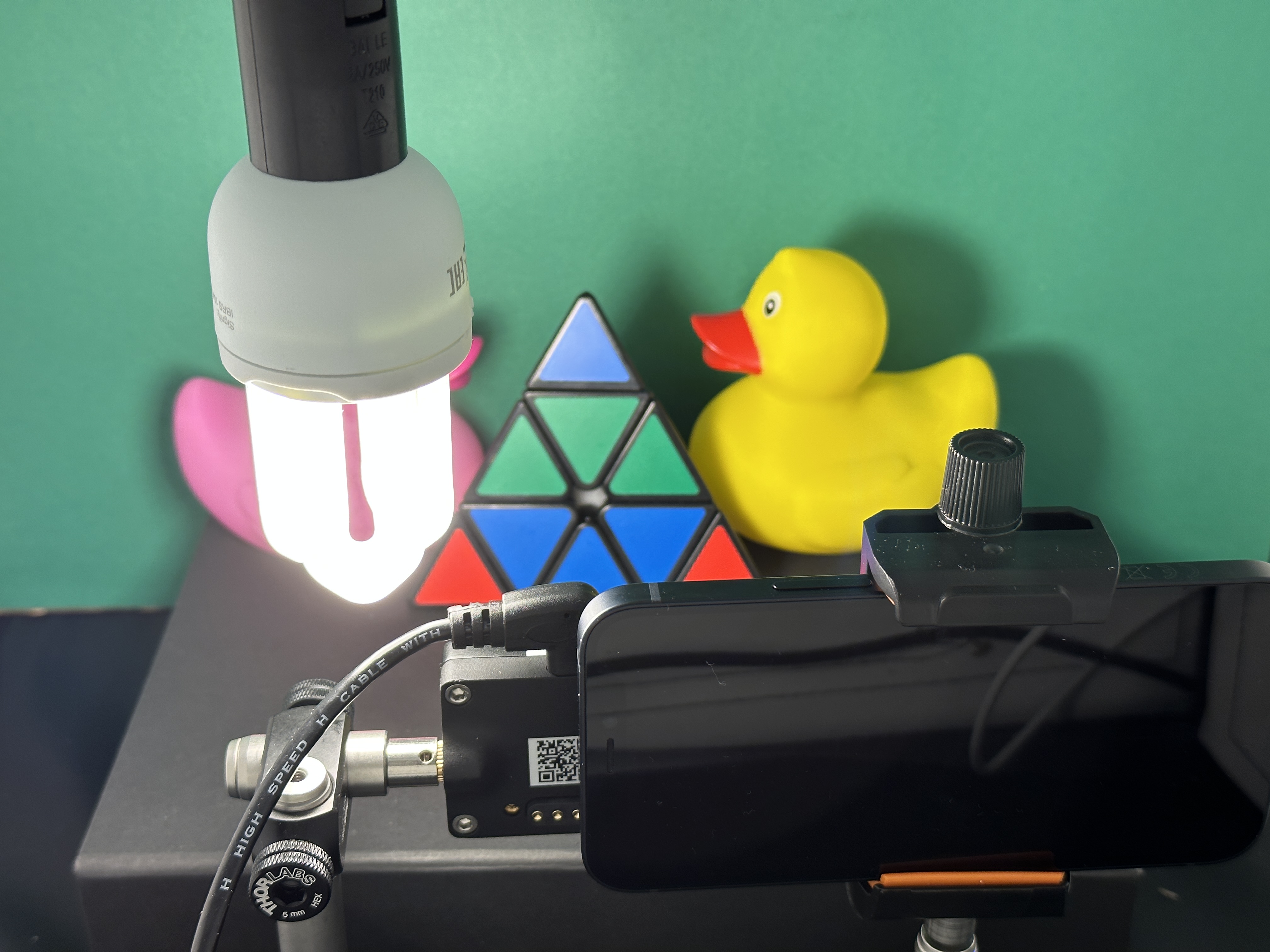
Using a light box, Spectrcity showed me a live video feed of two rubber ducks and a Rubix’s Pyramid from the iPhone’s camera and from its own multispectral image sensor. The company then changed the brightness and color temperature inside the box using a series of LEDs, taking a new photo each time.
While the photos from the S1 sensor stayed remarkably consistent, the images shot with iPhone looked overly warm in one instance and cooler in another. The goal of Spectrcity's sensor is to capture true color no matter the circumstances.
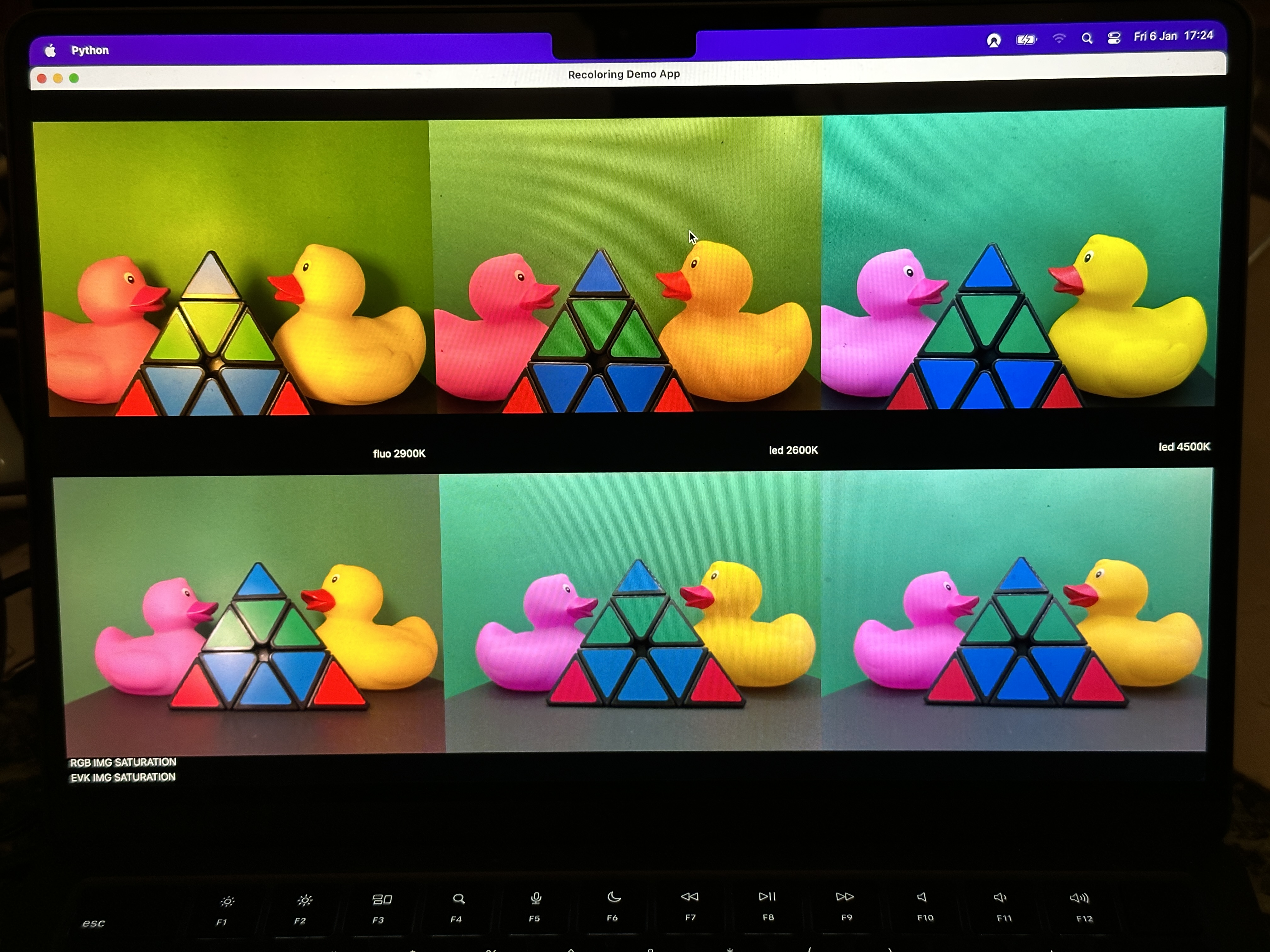
The S1 multispectral imager can pull this off because it’s not limited to the typical three wavelengths for a traditional camera phone. Spectricity’s solution opens up to 16 different wavelengths, and the company is working on an algorithm to push its performance even further.
Sign up to get the BEST of Tom's Guide direct to your inbox.
Get instant access to breaking news, the hottest reviews, great deals and helpful tips.
There are other applications for the S1 sensor beyond just better-looking photos. During another demo Spectricity showed me how a spectral camera could measure everything from melanin in your skin and skin oxygen saturation to blood volume, which could have useful medical applications. For example, a doctor might be able to tell how a wound is healing without requiring an office visit.
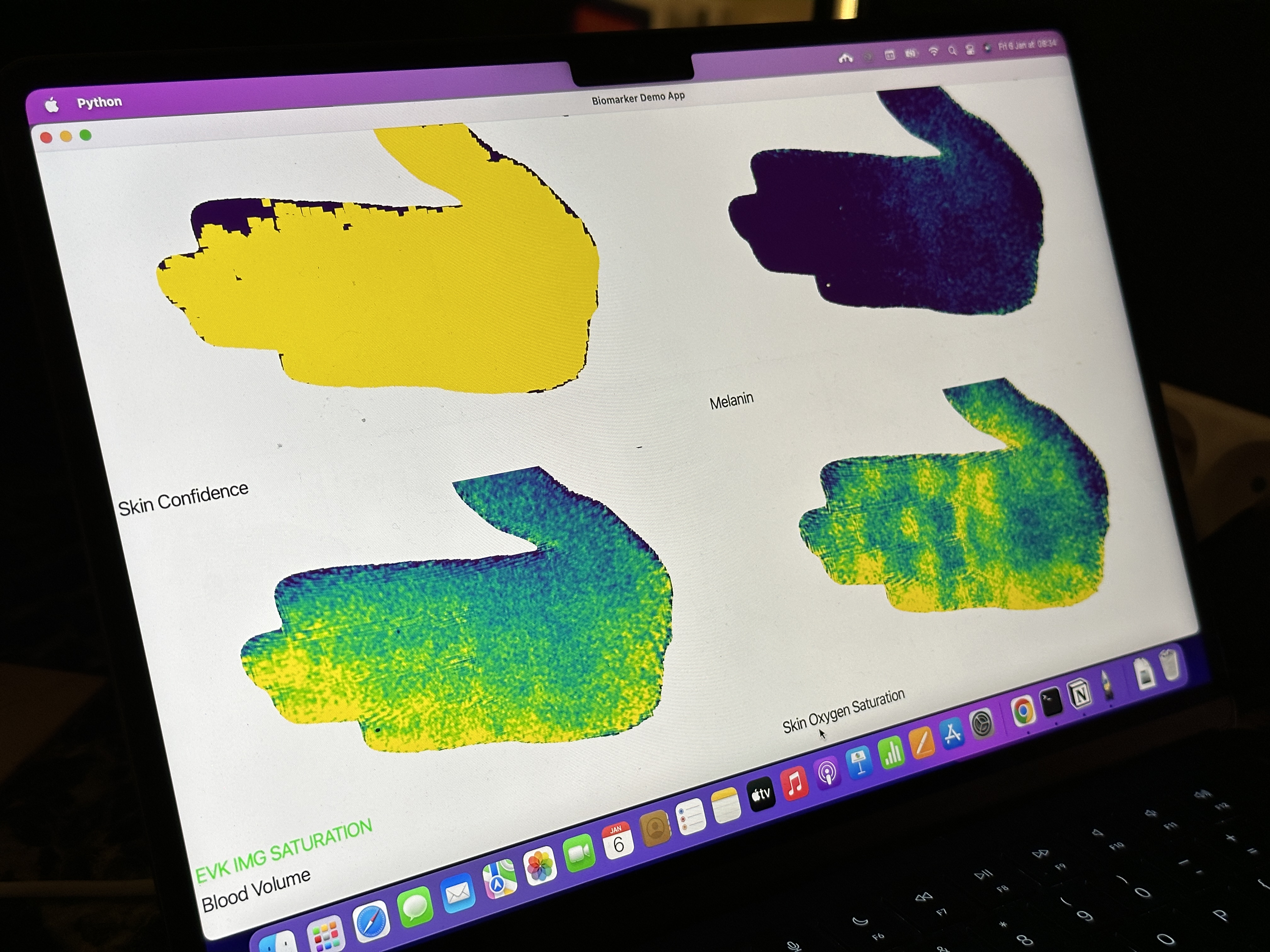
The S1 spectral camera sensor could also help develop personalized cosmetics or skin care products for users. That's the benefit of a brand knowing your true skin color — provided you give permission.
Spectricity says that is already working with several Chinese phone makers who are sampling its sensor. It's so confident in its technology that it expects the sensor to show up in all smartphones within two years.
More from Tom's Guide
Mark Spoonauer is the global editor in chief of Tom's Guide and has covered technology for over 20 years. In addition to overseeing the direction of Tom's Guide, Mark specializes in covering all things mobile, having reviewed dozens of smartphones and other gadgets. He has spoken at key industry events and appears regularly on TV to discuss the latest trends, including Cheddar, Fox Business and other outlets. Mark was previously editor in chief of Laptop Mag, and his work has appeared in Wired, Popular Science and Inc. Follow him on Twitter at @mspoonauer.

